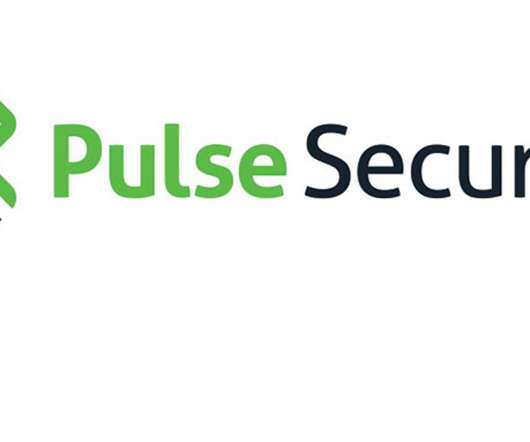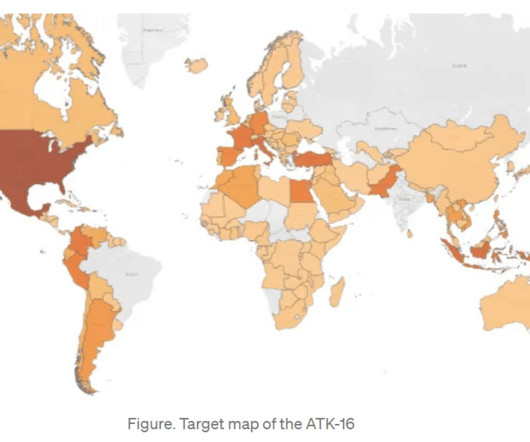Cyber Threat warning issued to all internet connected UPS devices
CyberSecurity Insiders
APRIL 1, 2022
United States CISA has issued a cyber threat warning to all web connected UPS devices as they were on the verge of being cyber attacked. Therefore, system administrators are being advised to put the connected UPS devices behind a virtual private network (VPN) and use them with a multifactor authentication in place.












Let's personalize your content